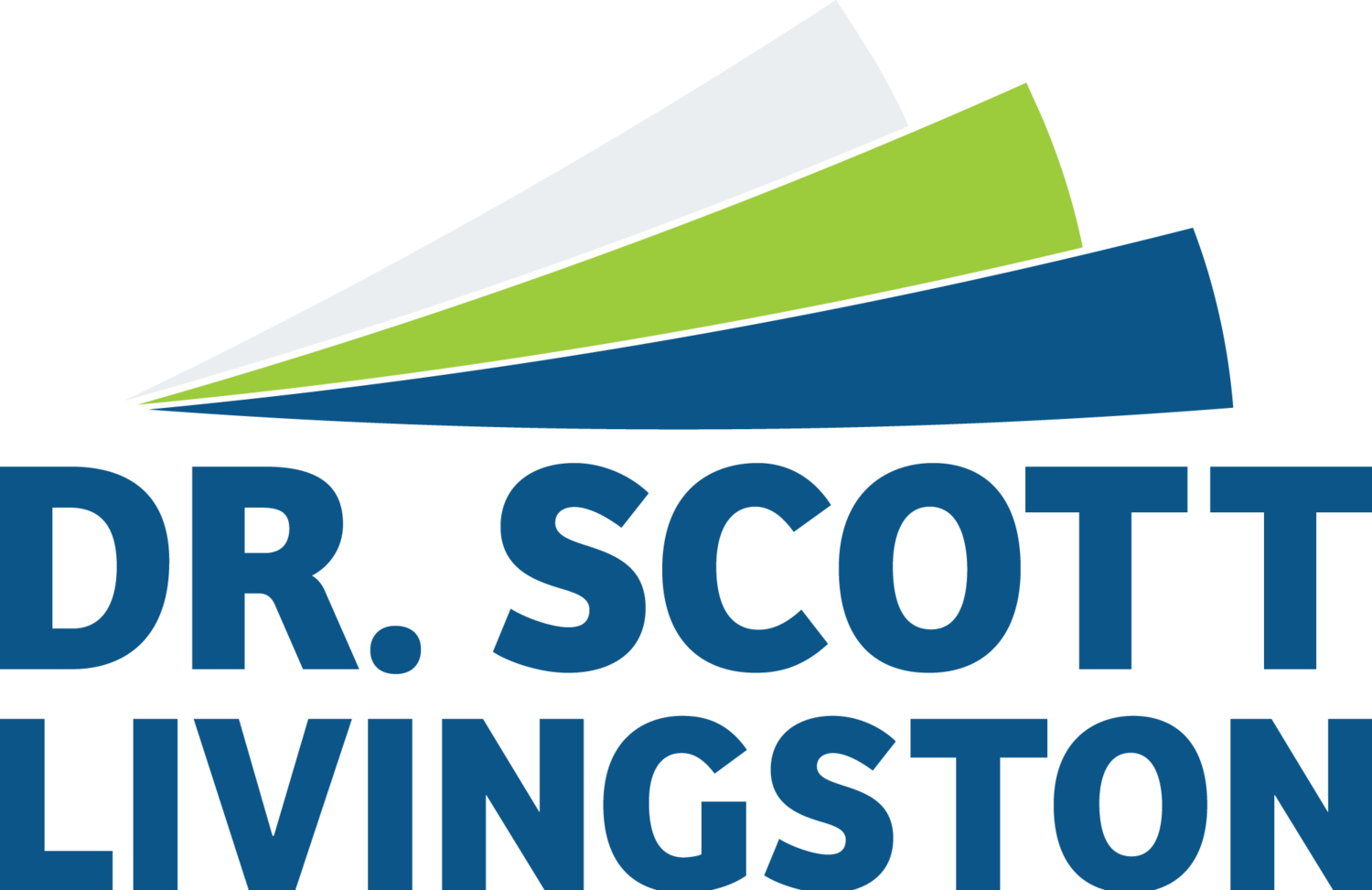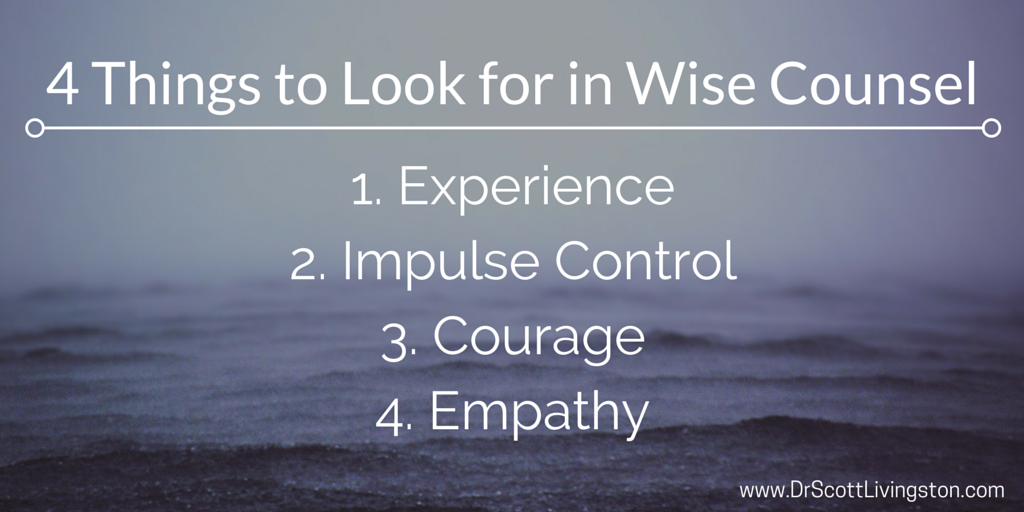The emotion of gratitude has received a lot of positive press in the last few years.
Whether it is the popular Brene Brown talking on the relationship between joy and gratitude Or The TEDxSF talk by Louie Schwartzbert on Gratitude which has over 5M views.
However, after talking with my good friend and Pastor, Ken Bish, I think I have a brand new appreciation for this powerful emotion.
Ken shared his thoughts with me from his journal recently. I share his post below with his permission. I thought it might give you a chance to experience this emotion for yourself.
Gratitude
How do we express it? How do we make it sincere?
If we are not careful, a form of expression that we express as gratitude is really either appeasement or manipulation. Appeasement is originally fleshed out as a child when we are told, “Now you tell Mrs. Jones thank you for making you that lima bean casserole.” So we learn to say thank you to placate others.
Or we are told by others, “Oh, you are so great. You are the best at ….” Then the request comes, “can you do this for me?” Because of that, we guard ourselves against giving or accepting gratitude.
Yet we want to express it but are uncertain how to genuinely do so. I find myself in that spot right now. I am honestly at a loss for words.
The reason Ken is at a loss for words is that he has Liver Cancer and is in need of a transplant to save his life.
Ken’s Story
On Sunday, January 19th we rushed to Tampa General Hospital as we were told a liver was available and I was wheeled into surgery on Tuesday, January 21st.
At times modern medicine makes us think surgeries are commonplace. Yet it is almost impossible for me to fathom that a group of medical personnel has successfully removed a liver from someone who had just died and exchanged it for my cancerous liver. How do I say thank you for that?
As I said, I am honestly at a loss for words.
The doctors continue to tell us that I am doing exceptionally well. That causes me to think my rubric for “doing well” is much different than the doctors.
Prayers are appreciated for pain relief, being able to sleep and for overall healing. The doctors tell us that the first 3 months are very important in terms of my body not rejecting the new liver. The great news is we are on the right track!
I have so many people to thank. The medical personnel many of whom I do not know, along with my family and friends. At this point in my early healing stage, simply talking has been extremely exhausting. (I know what you are thinking: Ken Bish cannot talk? That is like Beethoven not being able to compose or Michelangelo not being able to paint or sculpt but that is for another post.)
I have listened to every voicemail; read every text, and considered every post. Every one of them. Please know that as I have read each one, I have intentionally thought back to a time God used you in my life and gave thanks to our Creator for you. Each and every one of them.
That is how I have chosen to express my gratitude. I have sincerely thanked God for each of you.
Finally, please hear these last two words which come from the depth of my heart: “Thank you!”
Thanks, Ken for your courage and willingness to share your story and to model for so many of us what it means to be grateful.
The Power of Gratitude
I think you will agree with me that Ken has a lot to be grateful for. I mean, come on, a liver transplant. Really! Of course he is grateful.
As Ken continues to heal and be thankful, I think we all have this powerful spirit within us. To be thankful. To be courageous. To celebrate.
You do not have to have had a liver transplant to be thankful and experience gratitude.
I, for one, am grateful for you. Powerfully thankful for the people who have crossed the path of my life. You have added more joy to me than you will ever know.
Ken, I get it I think. Grateful to God for just one more day to be able to be in relationship with other humans. Thanks, my friend, for your courage.


















